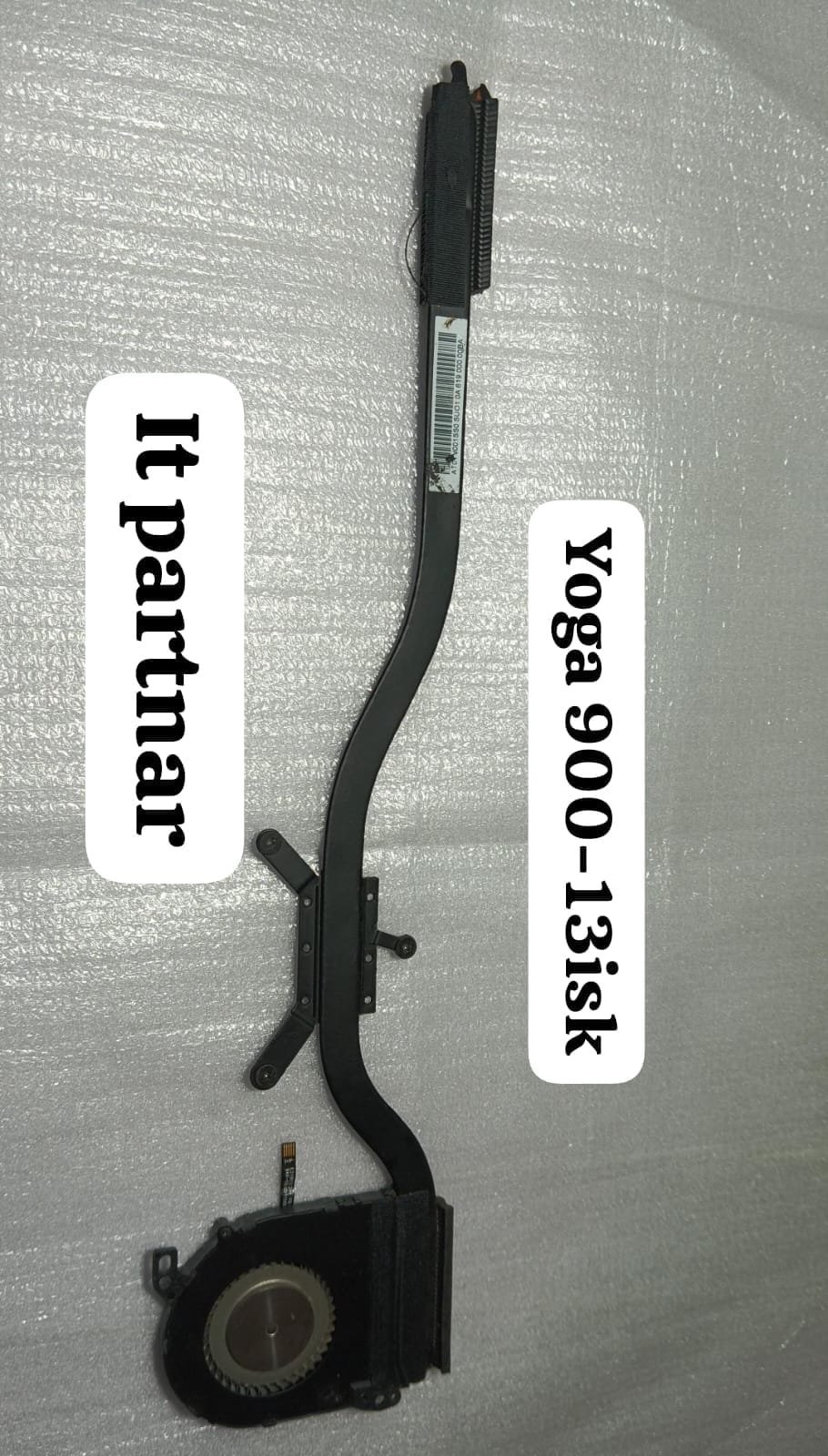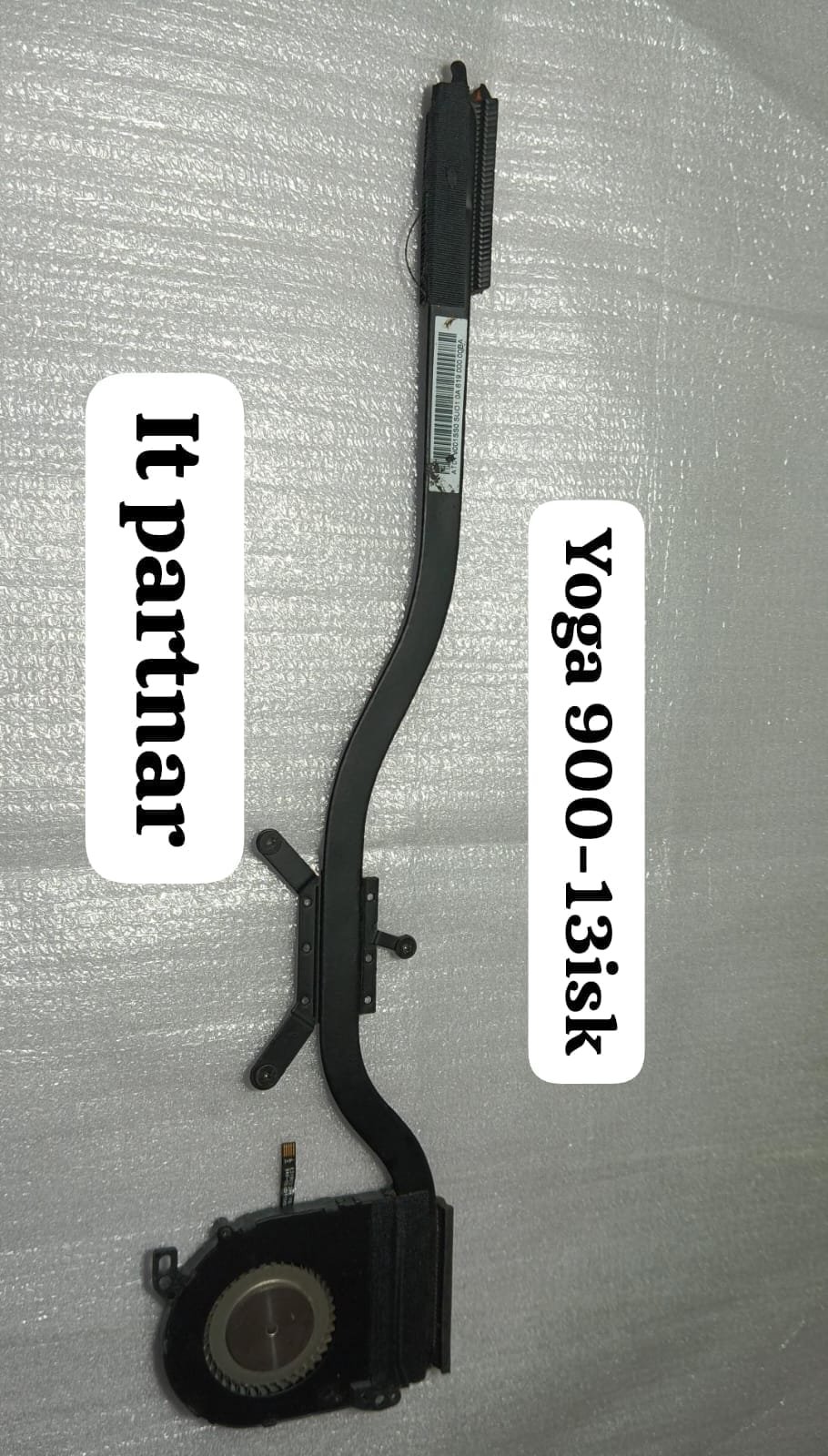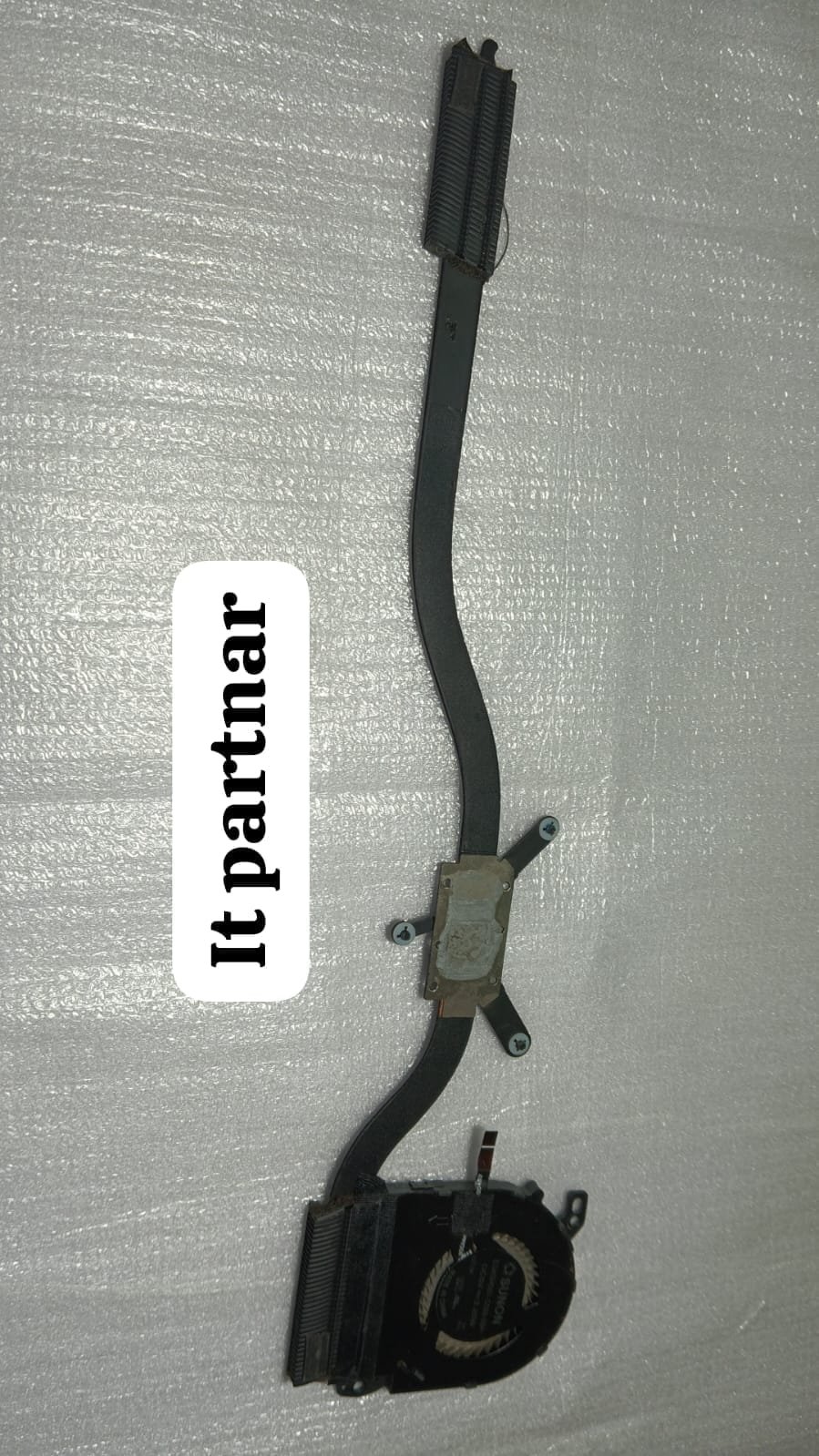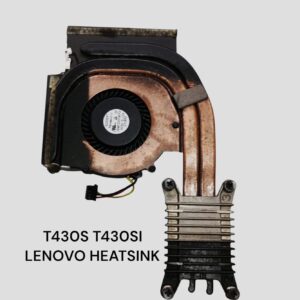Sale!
LENOVO HEATSINK
Lenovo Yoga 900-13IKB Heats-ink
₹2,499.00 Original price was: ₹2,499.00.₹2,099.00Current price is: ₹2,099.00.
Upgrade your Lenovo Yoga 900-13IKB with a high-performance heat-sink designed for optimal thermal management and enhanced reliability during intensive tasks.Refurbish
Category: LENOVO HEATSINK
Brand: LENOVO
Related products
-
Lenovo ThinkPad T440P Fan Heats-ink
Rated 0 out of 5₹1,499.00Original price was: ₹1,499.00.₹699.00Current price is: ₹699.00. -
Fan and Heat-sink Lenovo Flex 2 14
Rated 0 out of 5₹1,499.00Original price was: ₹1,499.00.₹999.00Current price is: ₹999.00. -
Lenovo Thinkpad E470 E475 E470C Heat sink
Rated 0 out of 5₹1,499.00Original price was: ₹1,499.00.₹999.00Current price is: ₹999.00. -
Lenovo Think-pad T430s Laptop Fan Heat-sink
Rated 0 out of 5₹1,499.00Original price was: ₹1,499.00.₹699.00Current price is: ₹699.00.



















